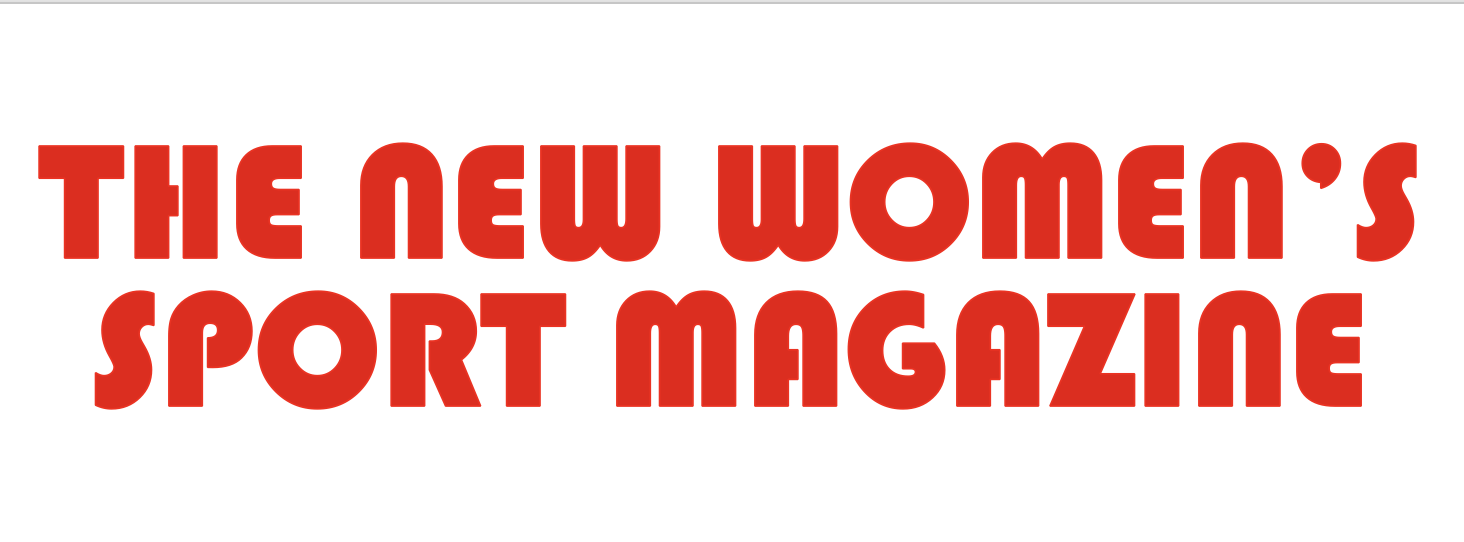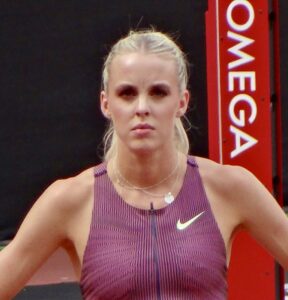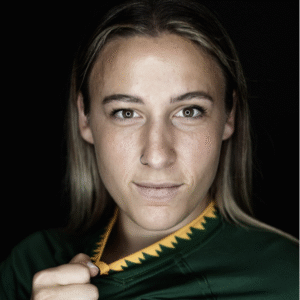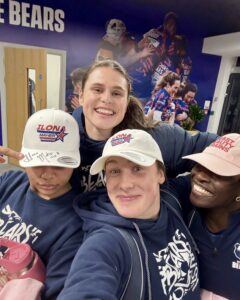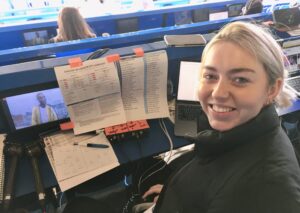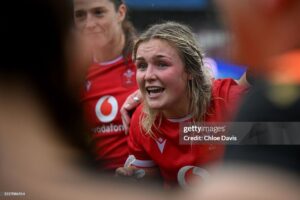WHERE OUR GAME GROWS – FAWNL’s three-year game plan
In August, the FAWNL launched its new three-year strategy for improving Tiers 3 and 4 of the women’s football pyramid. Now we’ve settled into the new season, Clare McEwen shares the FAWNL’s plans for the future.
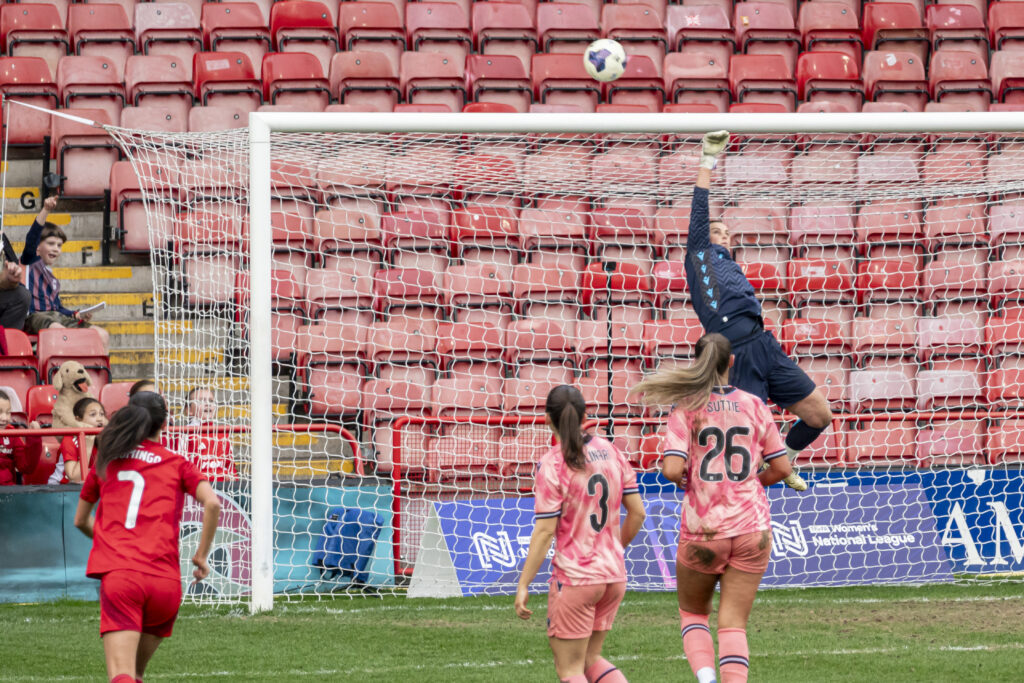
Following on from their previous strategy. “Empowering for Success”, The FA Women’s National League (FAWNL) announced their new three-year strategy, “Where Our Game Grows” in August. The vision for the 2025-2028 strategy focuses on championing growth, elevating performance, and building the identity of the Women’s National League.
The four cornerstones of the strategy are: environment, people, impact, and commercial. Let’s dig into the details a little to see what this really means for players and fans.
Impact
I’m starting with impact because this is about fans and without fans, growing the game is impossible. This strategy recognises this and the FAWNL plan to build visibility, engage diverse audiences, and use the power of community to grow the profile and reach of the league. Their measure of success is that 45% of women’s football fans will have an awareness of Tiers 3 and 4. I have to say, this number did attract my attention: if that’s the ambition over three years then, currently, very few fans engage with football at this level. Which is a shame because it’s really exciting. There’s nothing quite like being at a local football match, where you’re so close to all the action and you can feel the sense of community in every kick, every roar from the crowd, every inevitable raindrop from the sky. It would be fantastic if more people knew how to access this football. The FAWNL agrees.
The plan to achieve this includes showcasing players and clubs and recognising the role models for females. Making sure the community understands there are opportunities for referees, coaches, volunteers, and administrators to get involved, become part of it, not simply a spectator. They want to celebrate the rich history of the WNL and how it has impacted communities, sharing the unique values that only lower league football can bring. A key driver here is using the Adobe Women’s FA Cup to get people out to watch and show how great the teams are. Getting spectators out for the prestigious FA Cup is a good hook. If you can give them a good experience and hook them in with the stories you give them a reason to come out on a rainy Sunday afternoon to support their team week after week.
The strategy also includes fostering that community spirit, putting clubs at the heart of it, boosting the fan experience, managing negative behaviour, and engaging the local audience and making it more diverse. This will require effort. A large proportion of a lower league women’s match audience is white men: the die-hard fans of the club. On one hand this is brilliant — men supporting women’s football is a key indicator of the strength of the product — but equally, it can change the environment to one that is more intimidating to women and children. Creating a fun, safe fan experience is key to keeping families going to matches and highlighting the stories is key to getting them there. Women’s football loves player stories to give a deeper connection.
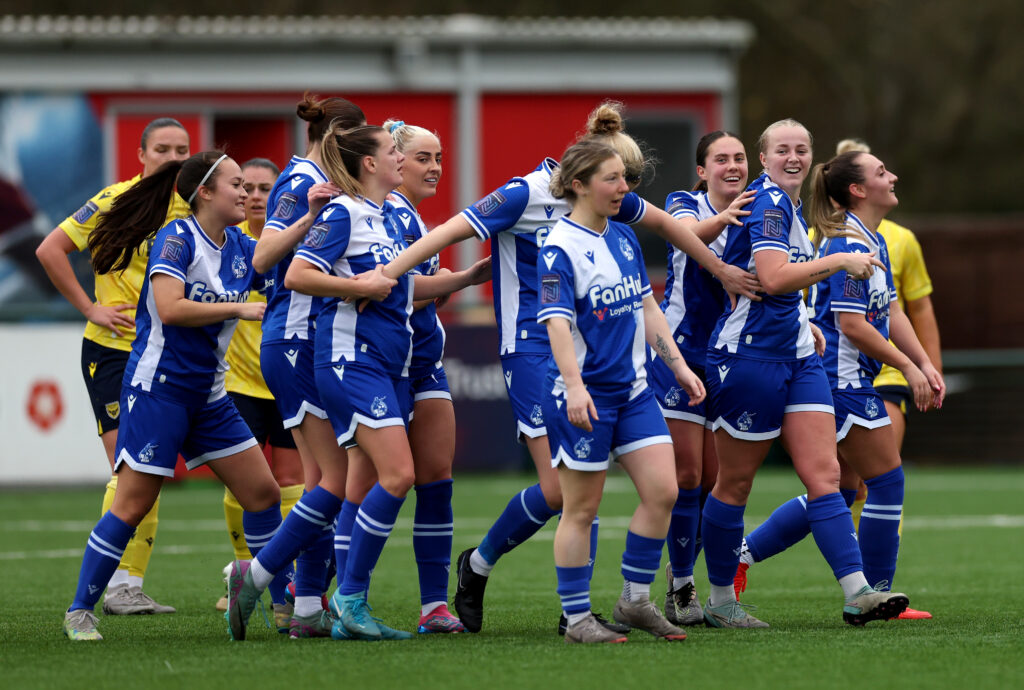
People
The FAWNL want to improve pathways for both players and officials and ensure there’s diversity throughout the community both on and off the pitch. The plan involves supporting everyone on their individual journey so they can reach their ambition. They want to develop leaders, empower young volunteers, create pathways from volunteer to paid positions, and support ongoing learning.
For players, it’s about development, creating opportunities at higher levels and creating a pathway from grassroots to professionalism. A key part of the strategy is improving the facilities, making sure they’re fit-for-purpose for females and supporting clubs to invest in “female-friendly” facilities.
For referees, there will be a focus on supporting the growth of female officials, including addressing underrepresentation and increasing diversity. For this they need to ensure they create a safe and welcoming experience to help deliver education to all involved. An interesting point to note is that they plan to “collect and analyse insights from our people to ensure environments are welcoming and accessible to everyone.” All too often strategies pay lip-service to inclusivity but then don’t actually check it’s working. This statement suggests the FAWNL are aware of this and plan to build it into their strategy.
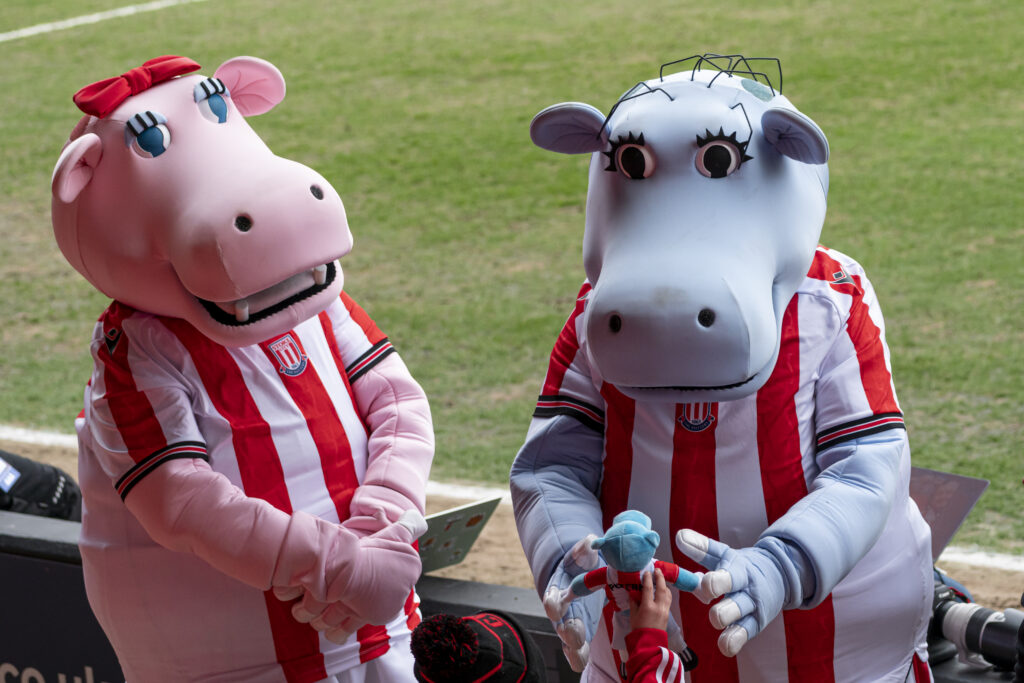
Environment
The three-year measure of success for an improved environment is that 100% of clubs in Tiers 3 and 4 meet the minimum standards set as the league evolves and becomes more professional. Ideally, they want to encourage clubs to reach beyond the minimum standards and get to a place where there’s a continuity towards the professionalism of WSL2 and WSL. Club standards need to improve in areas like female health and wellbeing and equality, diversity, and inclusion to meet these requirements.
To further encourage a positive culture and help create an environment where everyone feels they belong, codes of conduct will be developed for clubs, coaches, referees, players, and fans. Standards for stadiums will be set and clubs will be encouraged to develop long-term plans to invest in both training and matchday venues.
Commercial
The fourth cornerstone is the business side. As much as football is about soul, it’s also about money and without it no league can thrive. The plan is to increase the commercial focus of the league and begin attracting commercial partners. This includes giving clubs guidance and support to find their own partners, whilst finding a lead partner and at least two supporting partners for the league as a whole. Strategies and communications are being developed to help create a commercial model and make sure everyone is primed as the interest in Tiers 3 and 4 grows.
Within the four overarching pillars of change, focus centres on improving diversity and inclusion, facilities, female health and wellbeing, safeguarding, and technology and data. These five key areas are threaded throughout the strategy.
The FAWNL needs to drive standards up for players and officials but also attract more fans, commercial partners, and financial opportunities to the clubs. The plan is ambitious. But this is a crucial period to capitalise on the growth of women’s football, invest in it, and drive up those standards and opportunities within it. Building their own identity will be a key foundation. If they achieve it, the FAWNL is going to be in a very strong position by the time this strategy cycle ends in 2028.
Watch this space.
Additional photos credits, Clare McEwen

